Fill out this form to tell us more about yourself and your event.
All workshops available virtually.
 SEA STORIES: Bring the ocean to life with music, crafts, ocean artifacts, and lots of sea stories! Focuses on themes such as Earth Day is Every Day, Our Ocean Senses, Our Vast Ocean (counting), Mysterious Creatures, Where Does Our Water Go? (water cycle), and Ocean Neighborhoods (animal homes). Great for the early childhood events at the library, preschool, summer camps, or small business story time. Virtual workshop available.
SEA STORIES: Bring the ocean to life with music, crafts, ocean artifacts, and lots of sea stories! Focuses on themes such as Earth Day is Every Day, Our Ocean Senses, Our Vast Ocean (counting), Mysterious Creatures, Where Does Our Water Go? (water cycle), and Ocean Neighborhoods (animal homes). Great for the early childhood events at the library, preschool, summer camps, or small business story time. Virtual workshop available.
Fill out this form to tell us more about yourself and your event.
 WATERSHED CONNECTIONS: Develop a deep sense of place by creating connections to your local watershed and learn how what you do in your watershed has an impact on the ocean. Also, ideas to inspire changes and home and establish new norms are shared. Collective action projects are also encouraged. Elementary/middle/high school students, summer camps, or community members. Virtual workshop available.
WATERSHED CONNECTIONS: Develop a deep sense of place by creating connections to your local watershed and learn how what you do in your watershed has an impact on the ocean. Also, ideas to inspire changes and home and establish new norms are shared. Collective action projects are also encouraged. Elementary/middle/high school students, summer camps, or community members. Virtual workshop available.
Fill out this form to tell us more about yourself and your event.
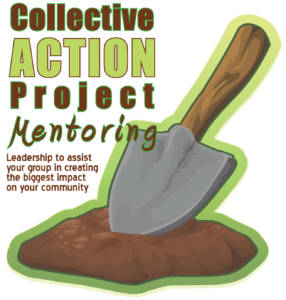 COLLECTIVE ACTION PROJECT MENTORING: Not sure where to start with a service project? Each and every community group has a unique set of skills and perspective. But, sometimes an outside perspective and fresh set of ideas can help motivate even the most ambitious of us. Whether you’re looking for efficienct short-term results or cultivating long-term empowerment and self-efficacy – this mentoring program can elevate your action project to the next level. Elementary/middle/high school students, summer camps, or community members. Virtual workshop available.
COLLECTIVE ACTION PROJECT MENTORING: Not sure where to start with a service project? Each and every community group has a unique set of skills and perspective. But, sometimes an outside perspective and fresh set of ideas can help motivate even the most ambitious of us. Whether you’re looking for efficienct short-term results or cultivating long-term empowerment and self-efficacy – this mentoring program can elevate your action project to the next level. Elementary/middle/high school students, summer camps, or community members. Virtual workshop available.
Fill out this form to tell us more about yourself and your event.
 NATURE HOME ROOTS: Discover the confidence to be nature mentors indoors and outdoors. Learn about innovative tools to make the experiences occur more often and with ease. Also, ideas to inspire changes and home and establish new norms are shared. Parents or adults working with school aged children. Virtual workshop available.
NATURE HOME ROOTS: Discover the confidence to be nature mentors indoors and outdoors. Learn about innovative tools to make the experiences occur more often and with ease. Also, ideas to inspire changes and home and establish new norms are shared. Parents or adults working with school aged children. Virtual workshop available.
Fill out this form to tell us more about yourself and your event.
 ELEVATING EMERGING EDUCATORS: Grow knowledge on various environmental themes (e.g., climate change, plastic pollution, watershed health, food) as well as get to know local resources! These skills, along with identifying and modeling non-formal group management techniques will transform anyone to a role model. Young adults new to working and teaching school aged children in a non-formal setting. Virtual workshop available.
ELEVATING EMERGING EDUCATORS: Grow knowledge on various environmental themes (e.g., climate change, plastic pollution, watershed health, food) as well as get to know local resources! These skills, along with identifying and modeling non-formal group management techniques will transform anyone to a role model. Young adults new to working and teaching school aged children in a non-formal setting. Virtual workshop available.
Fill out this form to tell us more about yourself and your event.
- Hurricane vs. Cyclone vs. Typhoon
- A House for Hermit Crab
- How to handle a horseshoe crab
- Snot’s your house
- Wednesday Wisdom: Various quotes (Alaska scenes)
Happiness comes in waves!
We look forward to hearing from you. Please email beachchairscientist@gmail.com for more information.
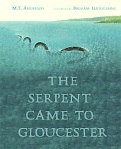



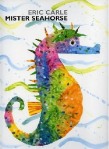














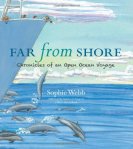



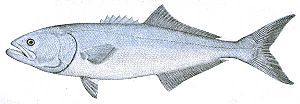







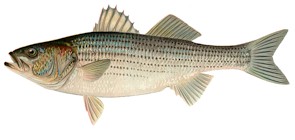










What people are saying …